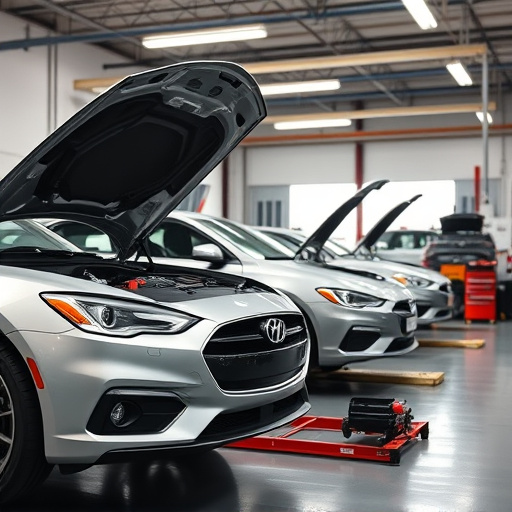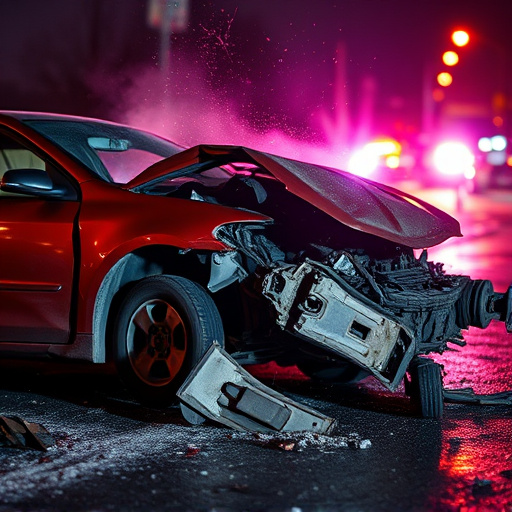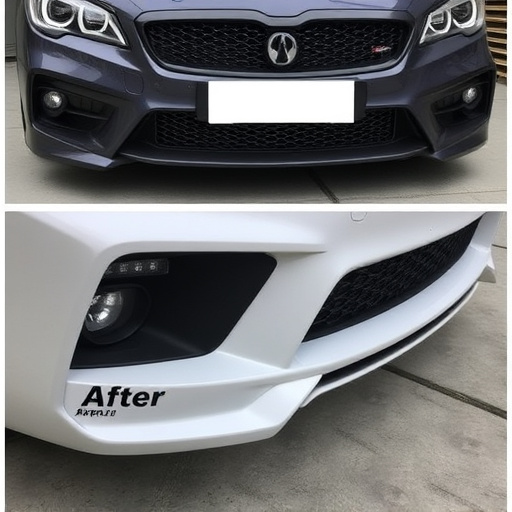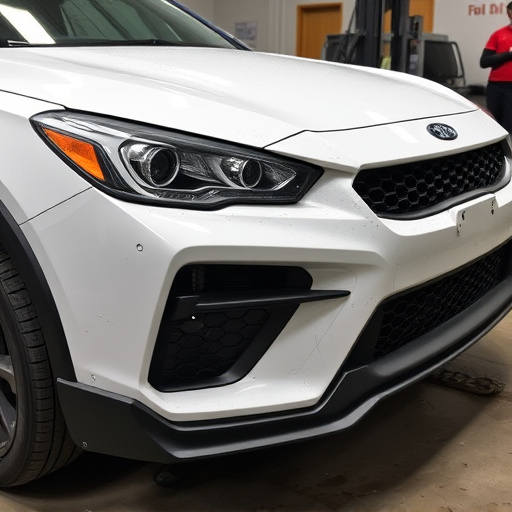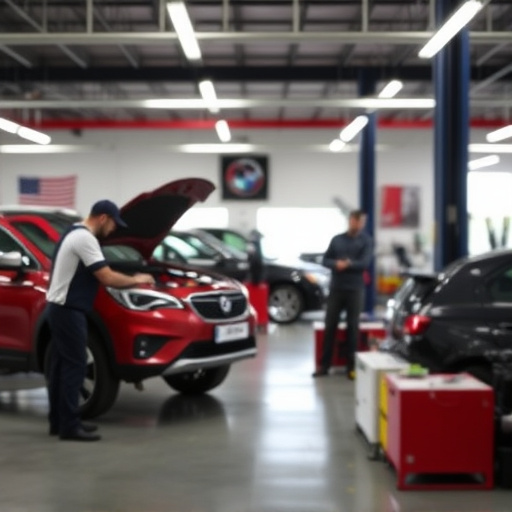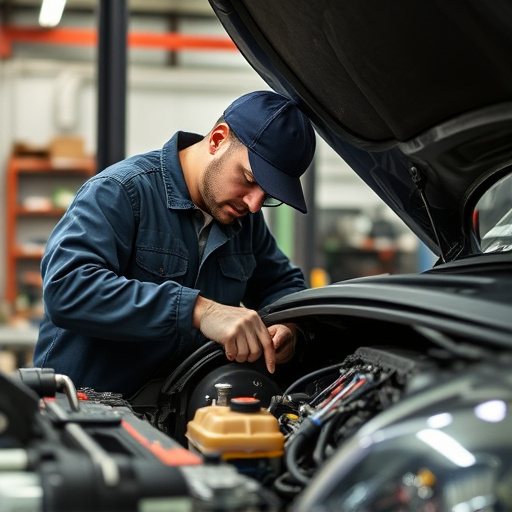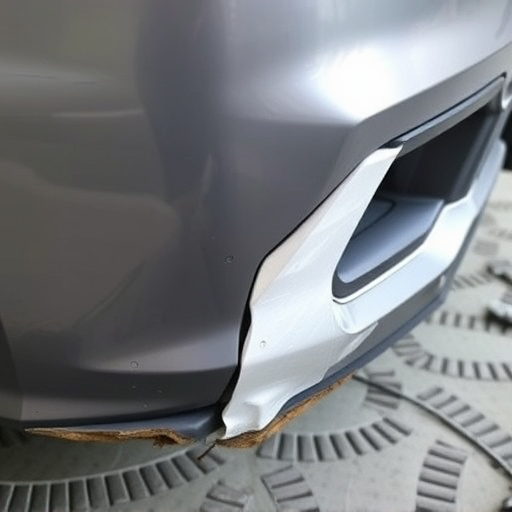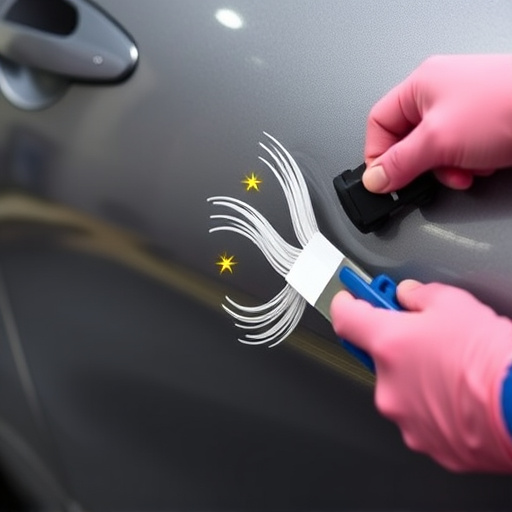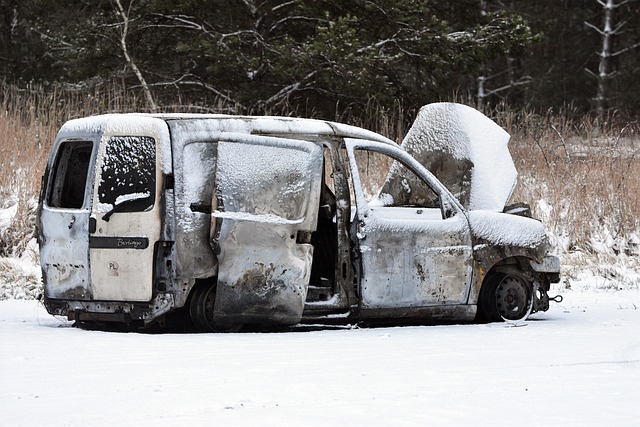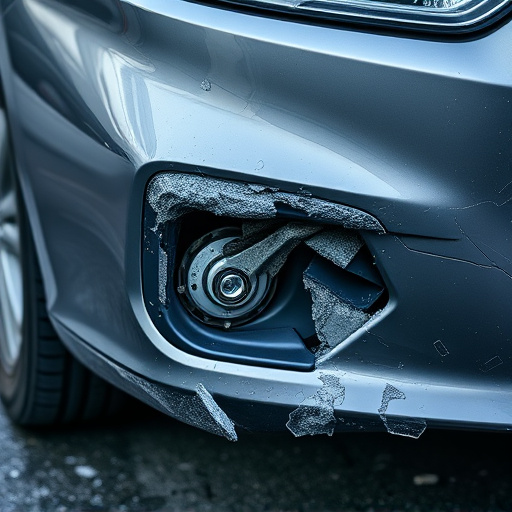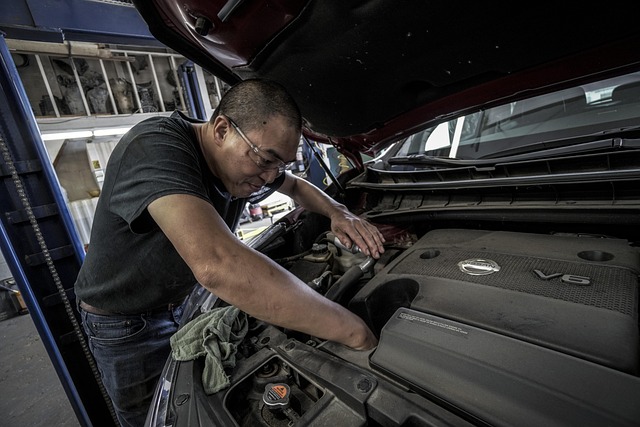Collision repair technicians face evolving demands due to automotive industry tech advancements, including advanced diagnostics, CAD, and electronic component handling for autonomous vehicles. Staying current with safety standards, continuous learning, and efficient processes is crucial for navigating complex procedures, maintaining profitability, and fostering customer trust while meeting high-quality service expectations.
In today’s dynamic automotive landscape, collision repair technicians face evolving challenges. From mastering advanced technologies like robotic welding and 3D printing to adhering to stringent safety protocols in a fast-paced environment, their skills are continually tested. Balancing customer expectations for swift repairs with the need to maintain profitability adds another layer of complexity. This article delves into these modern challenges, offering insights into how collision repair technicians can adapt and thrive in an ever-changing industry.
- Evolving Technologies and Skill Demands
- Safety Protocols in a Fast-Paced Industry
- Balancing Customer Expectations and Profitability
Evolving Technologies and Skill Demands
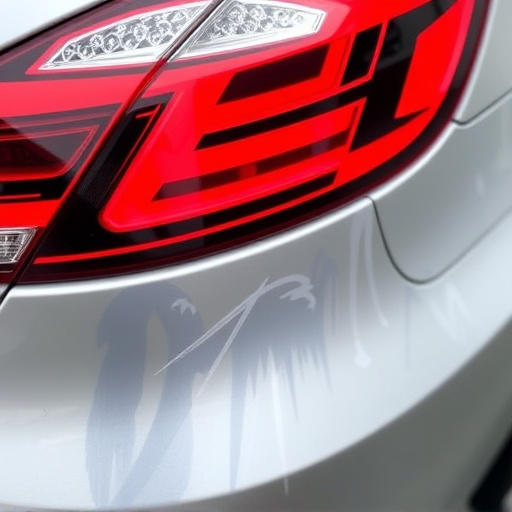
The modern automotive industry’s rapid technological advancements present both opportunities and challenges for collision repair technicians. As vehicles become increasingly complex with sophisticated electronic systems, sensors, and materials, the skill demands from these professionals have evolved accordingly. Collision repair technicians today must possess a deep understanding of not just metalwork and paint restoration but also advanced diagnostics, computer-aided design (CAD), and specialized tools for various repair tasks, including intricate auto glass repair and precision body alignment.
For instance, the rise of autonomous vehicles and advanced driver-assistance systems (ADAS) introduces new complexities in collision repair. Technicians need to be adept at handling sensitive electronic components, recalibrating safety systems, and ensuring proper restoration without compromising the vehicle’s original equipment and performance. Moreover, with brands like Mercedes-Benz pushing the boundaries of car design and craftsmanship, the bar for excellence in collision repair has been raised, requiring technicians to stay updated on the latest trends and techniques, including intricate car restoration work.
Safety Protocols in a Fast-Paced Industry
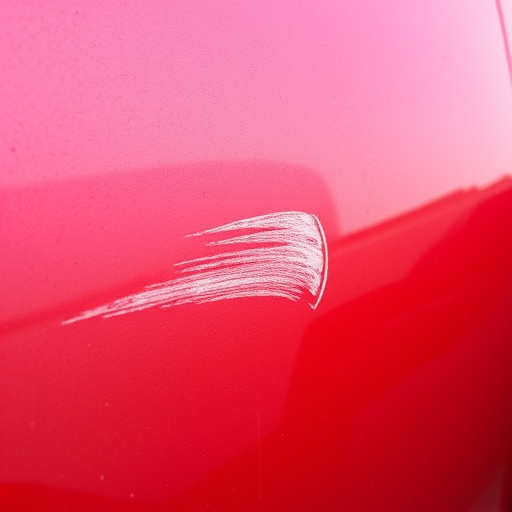
In the fast-paced world of collision repair, where technicians are often under pressure to turn around repairs quickly, safety protocols are more critical than ever. Collision repair technicians face a unique set of challenges that demand not just skill but also vigilance. With the constant influx of vehicles, from minor fender benders to severe accidents, ensuring the safety of both workers and customers is paramount. This includes adhering to strict guidelines for personal protective equipment (PPE), proper handling of hazardous materials, and maintaining a clean, organized workspace to minimize risks associated with frame straightening and car paint services.
The dynamic nature of the industry means that collision repair technicians must stay updated on evolving safety standards and technologies designed to enhance their protection. This continuous learning ensures they can navigate through complex procedures, from assessing damage in intricate vehicle designs to implementing advanced repair techniques, all while prioritizing safety. By embracing these measures, collision repair technicians not only protect themselves but also contribute to the overall efficiency and reliability of the industry.
Balancing Customer Expectations and Profitability
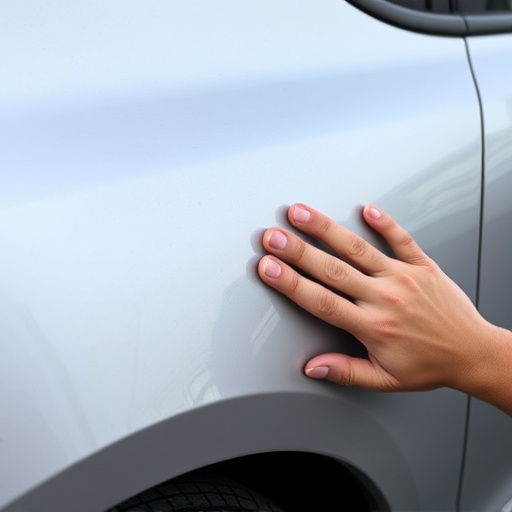
Collision repair technicians face a unique challenge when balancing customer expectations and profitability. With rising costs of materials and advanced technology, shops must find ways to maintain competitive pricing while still delivering high-quality auto repair services. Customers, on the other hand, expect swift repairs, minimal inconvenience, and transparent pricing – all hallmarks of excellent collision repair shop service.
This tightrope walk requires a strategic approach. Collision repair technicians need to negotiate with suppliers for better deals, streamline their work processes, and invest in efficient equipment to keep costs down. At the same time, clear communication about estimated timelines and fees helps set realistic customer expectations. This balance ensures that both parties feel respected and satisfied, fostering trust in the car body shop’s capabilities.
In today’s automotive landscape, collision repair technicians face evolving technologies and increased skill demands. They must navigate safety protocols while managing customer expectations and profitability. By staying abreast of advancements and prioritizing efficient workflows, these professionals can meet modern challenges head-on, ensuring quality repairs and satisfied customers. This requires a blend of technical expertise and business acumen to thrive in the dynamic collision repair industry.

